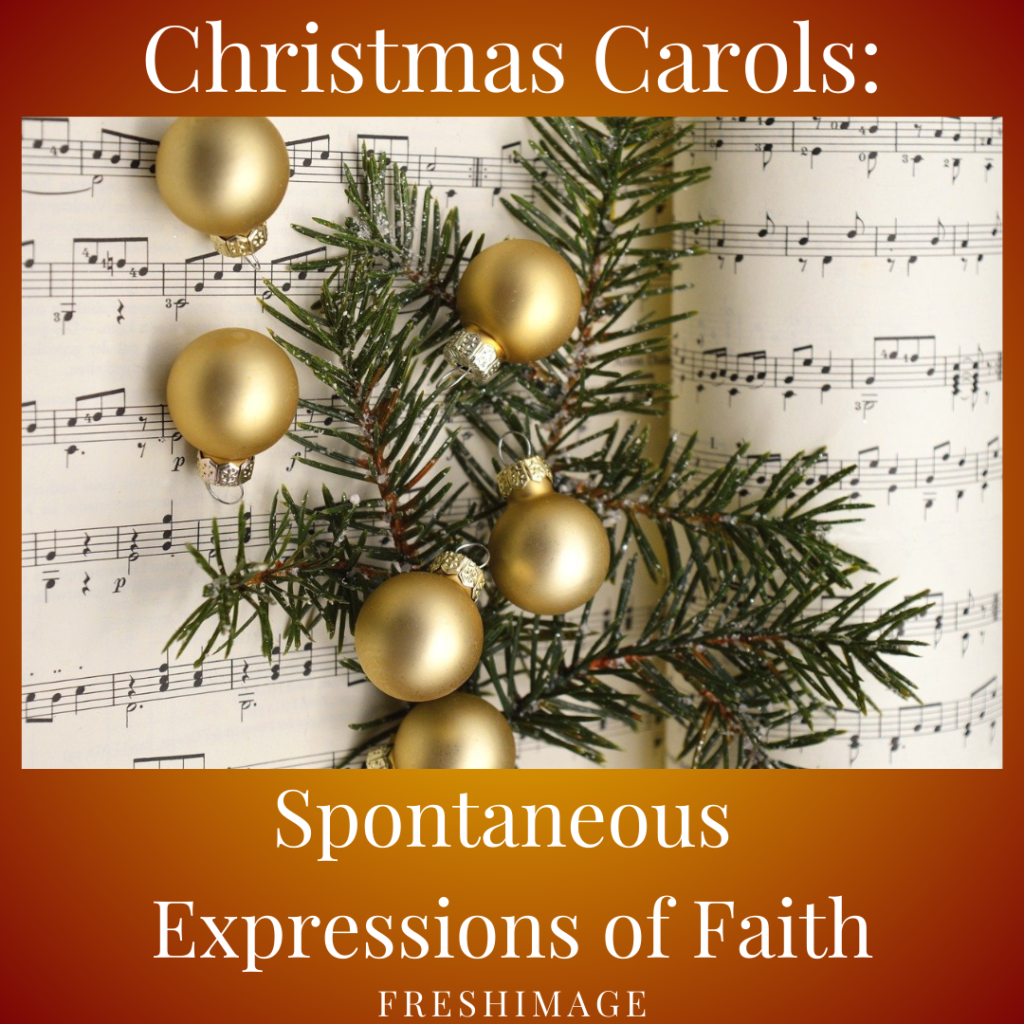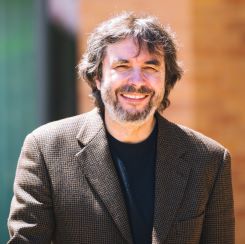
The Christmas season, alongside Eastertide, stands as one of the pinnacle moments in the Church’s liturgical cycle. It is truly remarkable to witness the seamless blending of the “official” traditions of the high church with popular culture! For centuries, this amalgamation has been expressed in a multitude of ways. People’s profound love for the Christmas Message has been manifest throughout the centuries by the development of apocryphal stories, symbols, and spontaneous acts of adoration for the Infant Jesus and veneration for His Mother.
Music, undoubtedly, holds a paramount position among the essential elements shaping the Christmas ambiance. Regrettably, the brevity of the Christmas season allows for only a few regular liturgical events featuring Christmas music, including the celebrations of December 24-25, the Holy Family Feast, and Epiphany.
Throughout history, popular culture has contributed a rich tapestry of customs that harmoniously resonated with the Church’s Christmas message. However, a noticeable shift has occurred. Nowadays, Christmas decorations swiftly vanish from public spaces right after Christmas Day, and the once ubiquitous Christmas music themes disappear from radio and TV programs, shopping centers, lobbies, retail stores, and other public places. This abrupt transition to different topics diminishes the exposure of people to genuine Christmas traditions, making them less aware of the richness and beauty inherent in this festive season. This signifies a departure from the historical harmony between popular culture and the Church’s message, and as a result, the true essence of Christmas risks being obscured in the rush to move on to the next topic.
Christmas carols have long held a central place in the rich tapestry of Christmas traditions. This genre, characterized by a diverse array of styles ranging from narrative to dramatic, emerged much later than the official style of the high Church, the plainsong, dating back to the 15th century. As a popular and spontaneous expression of faith among ordinary people, carols, simple and charming, and at times one must say, even naive, provided a unique contrast to the timeless and contemplative melodies of the Church’s official style. Through their dance-like music, these carols conveyed ideas and imagery of Christmas in a manner easily accessible to the common person.
The evolution of these humble vernacular “street” songs was closely intertwined with contemporary folk poetry, vernacular drama, for example, mystery plays, and a culture of storytelling through music, such as ballads disseminated by wandering minstrels and court-based troubadours. Ultimately, carols found their place in gatherings at the Christmas Crib, adding a joyful and communal dimension to the festive season.
Carols also became an indispensable part of gatherings, prayers and drama plays around the Christmas Crib. St. Francis of Assisi, also known as “God’s jester,” is credited with creating the first nativity scene in 1223 at Greccio, Central Italy. This visionary act solidified his role as the spiritual father of the carol genre as well.
Below are some details on a few popular carols, which demonstrate how these staples of the Christmas Season all draw from the more ancient ecclesial Tradition.
“Lo, How a Rose E’er Blooming”
This carol, originating from the Carthusian Monastery of St. Alban in Trier, Germany, boasts a German text, “Rosa Mystica,” dating back to the 15th century. Harmonized by Michael Praetorius, one of true giants of the German Renaissance, it was translated into English in 1869 by Catherine Winkworth, an English hymn writer and educator, and in 1894 by Theodor Baker, an American editor working in Germany for G. Schirmer Music Company. It is about the fulfillment of Isaiah’ prophecy:“…There shall be a root of Jesse, which shall stand for an ensign of the people; to it shall the Gentiles seek: and His rest shall be glorious” (Isaiah 11:10). There is no consent among scholar about the meaning of the text, with some viewing the rose as a symbol of the Virgin Mary, and others as a symbol of the Infant-Jesus.
“Hark the Herald Angels Sing”
This hymn recalls the message of angels given to local shepherds after Jesus was bornand the angels’ message to the shepherds as depicted in Luke: “and suddenly there was with the angel a multitude of the heavenly army, praising God…(Luke 2:13). Charles Wesley, a clergyman from a notable family, his elder brother John was the founder of the Methodist movement, penned this carol after being inspired by ringing church bells. The melody was adapted in 1855 from Felix Mendelssohn-Bartholdy’s Festgesang by William Hayman Cummings, an organist at Waltham Abbey.
“What Child is This?”
This carol draws from Luke 2:15. After the angels departed from the shepherds into heaven, they said one to another: “Let us go over to Bethlehem!” This carol’s poetic text was written by William Chatterton Dix, an insurance agent and prolific writer. The melody features the well-known English Renaissance tune, Greensleeves, which, according to tradition, was composed by Henry VIII and dedicated to his bellowed wife, Ann Boleyn.
“Joy to the World”
The lyrics, written by Isaac Watts, a spiritual father of the English-language hymnody. Is the author’s interpretation of the fourth verse of Psalm 98, “Shout joyfully to the Lord, all the earth; Break forth and sing for joy and sing praises” (Psalm 98:4). The melody was adopted from two compositions by G.F. Handel by an American composer Lowell Mason (1792-1872), who eventually became the president of Handel and Haydn Society of Boston.

Andrzej Zahorski is Director of Music at St. Anselm Parish in St. Louis, MO. He holds a doctorate of musical arts from Stanford University.